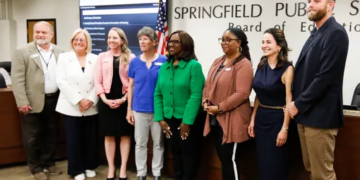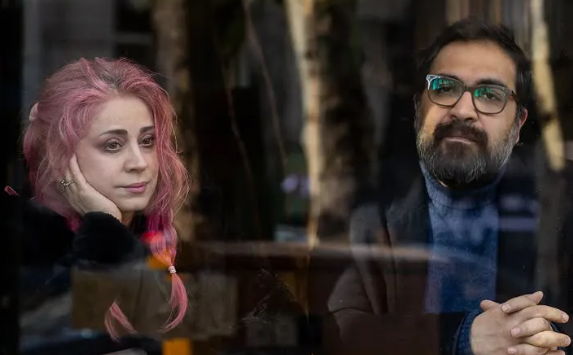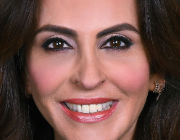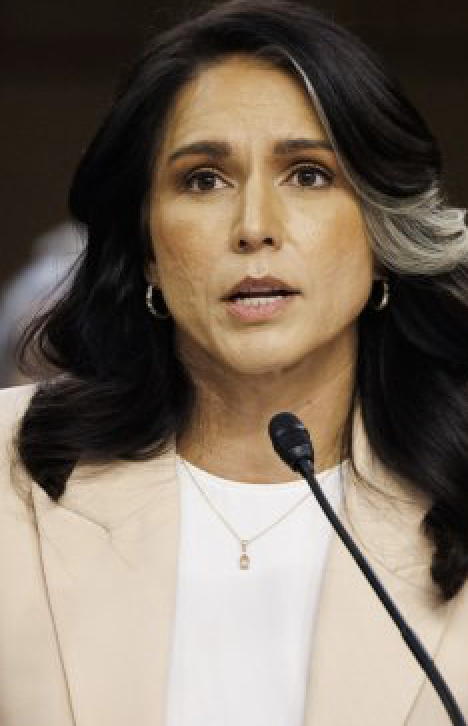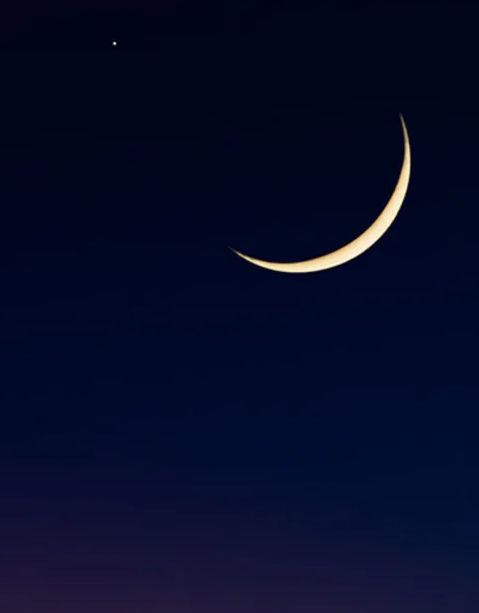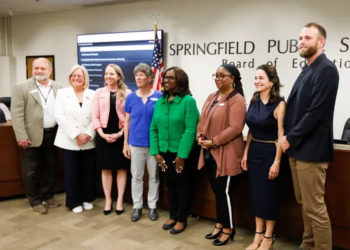A coalition of major American Muslim and academic organizations prepared the report, titled “The American Mosque 2011: Basic Characteristics of the American Mosque, Attitudes of Mosque Leaders.”
The report is the first part of the larger mosque survey yet to be completed.
To conduct the survey, researchers counted all mosques in America and then conducted telephone interviews with a sample of mosque leaders. The study has a margin of error of plus or minus 5 percent.
The report’s major findings include:
• The number of mosques and mosque participants continues to show significant growth, from 1,209 mosques in 2000 to 2,106 in 2011. New York and California have the largest number of mosques. Seventy-six percent of mosques have been established since 1980.
• Mosque leaders overwhelmingly endorse Muslim involvement in American society. More than 98 percent of mosque leaders agree that Muslims should be involved in American institutions and 91 percent agree that Muslims should be involved in politics.
• The vast majority of mosque leaders do not feel that American society is hostile to Islam.
• The majority of mosque leaders (56 percent) adopt a flexible approach to interpretation of Qoran and Sunnah (the normative practice of Islam’s Prophet Muhammad) that takes into account the overall purposes of Islamic law and modern circumstances.
•. The vast majority (87 percent) of mosque leaders disagree that “radicalism” is increasing among Muslim youth. Many mosque leaders say the real challenge for them is not radicalism and extremism among the youth, but how to attract and keep them close to the mosque.
.• Mosques remain an extremely diverse religious institution. Only a tiny minority of mosques (3 percent) have just one ethnic group that attends that mosque. South Asians, Arab-Americans and African-Americans remain the dominant ethnic groups, but significant numbers of Somalis, West Africans and Iraqis now worship at mosques nationwide.
.• The number of mosques in urban areas is decreasing, while the number of mosques in suburban areas is increasing. In 2011, 28 percent of mosques were located in suburbs, up from 16 percent in 2000.
•. The conversion rate per mosque has remained steady over the past two decades. In 2011, the average number of converts per mosque was 15.3. In 2000 the average was 16.3 converts per mosque.
•. Shia mosques are also expanding in number. Some 44 percent of all Shia mosques were established in the 1990s.
African-American mosques do the best at attracting converts; one-third of all converts come from African-American mosques. Yet just over half (52 percent) of all African-American converts choose to join a mosque that is not primarily African-American.
Iranians are a very small part, just 2 percent, of mosque attendees. A third of those attending mosques are South Asian (Pakistanis, Indians, Bangla-deshis and Afghans) while one quarter are Arab and another quarter are African-American.
The survey found that as the number of Shias grows, they tend to split ethnically. Where once all Shias in an area may have attended one mosque, with a larger population they tend to split into Pakistani, Afghan, Iraqi and Iranian mosques.
The survey asked mosque leaders if they agreed or disagreed that Muslims should get involved in American society and its institutions; 98 percent agreed and only 1 percent disagreed. The remainder were neutral.
Asked if they agreed or disagreed that Muslims should participate in American politics, 91 percent agreed and only 3 percent disagreed, with the remainder neutral.
However, when asked if American society was immoral, 24 percent agreed and 55 percent disagreed with 21 percent neutral. But those overall numbers were skewed by the fact that 48 percent of African-American mosque leaders said America was immoral while only 13 percent of Arab and South Asian mosque leaders felt that way.
Asked if American society was hostile to Islam, 25 percent said yes, 50 percent said no and 25 percent were neutral.

